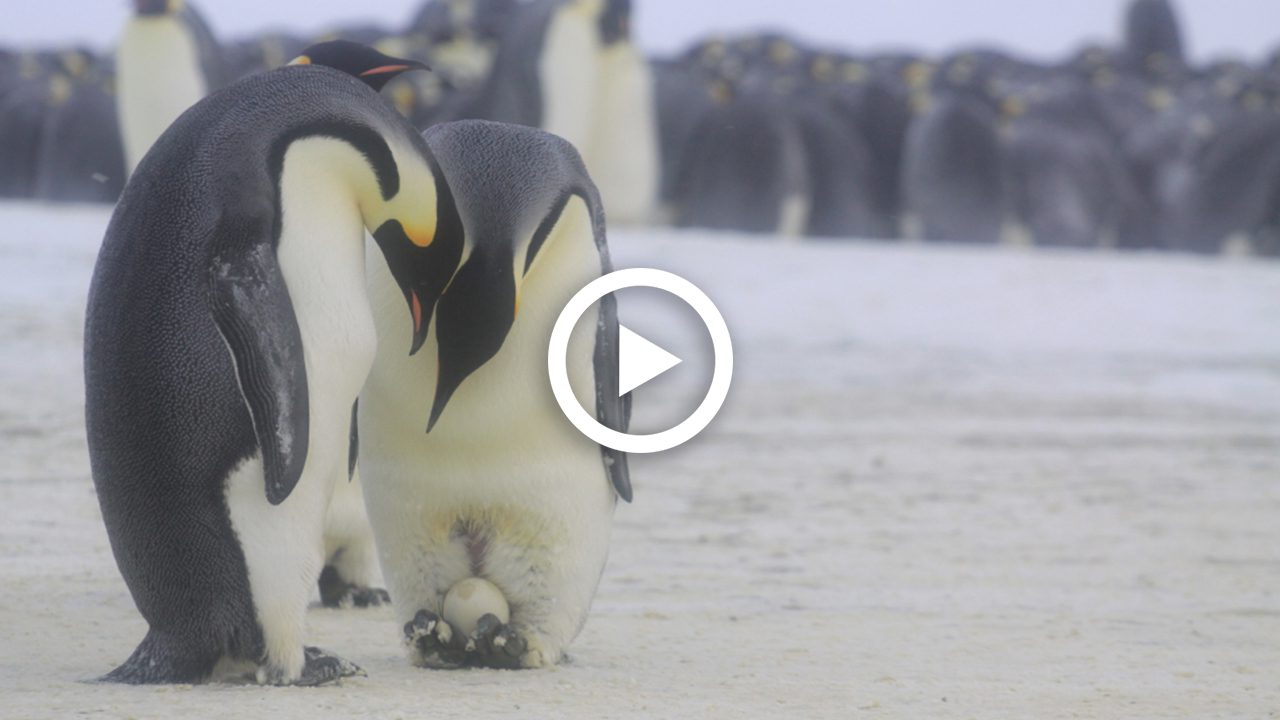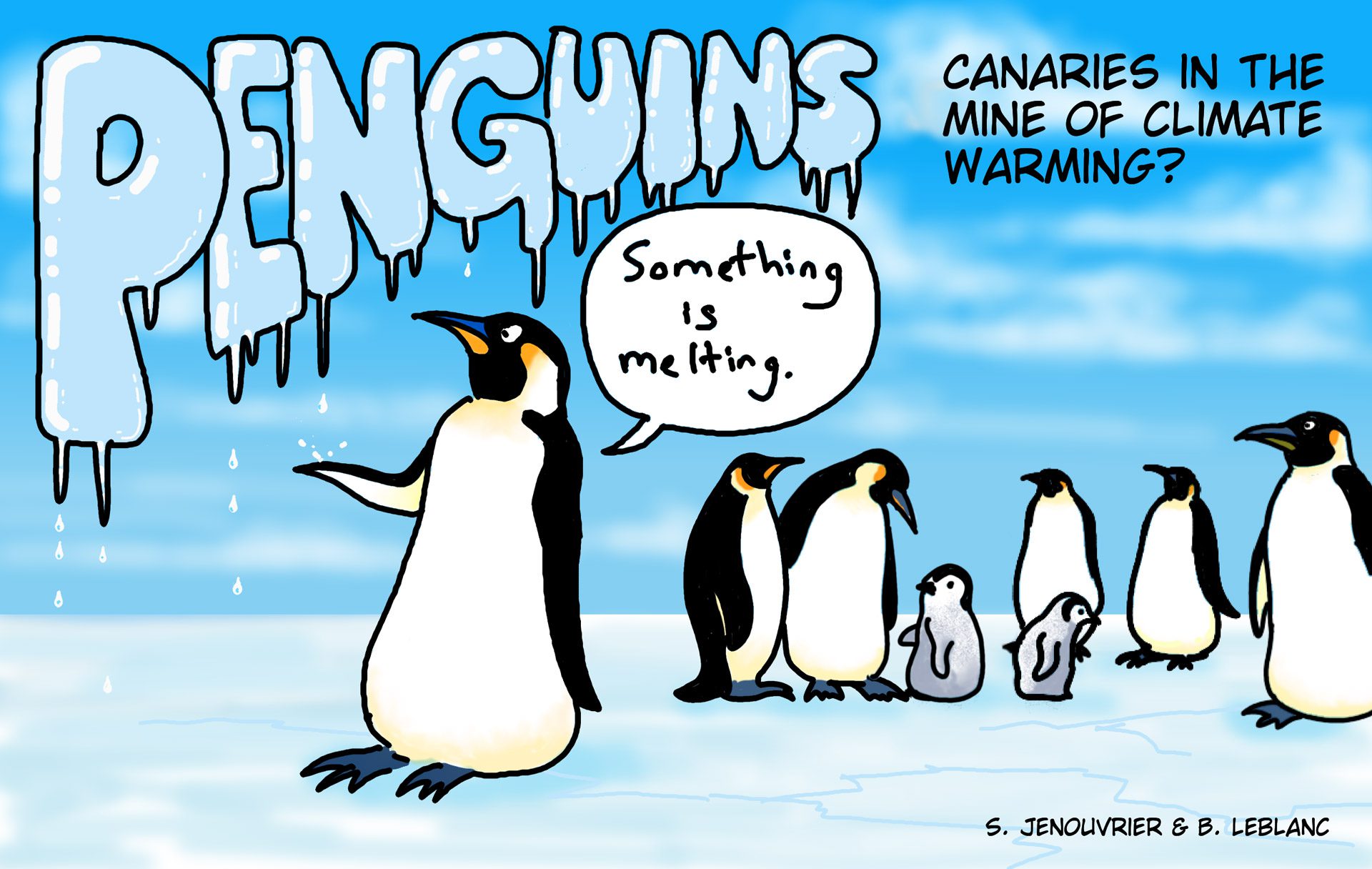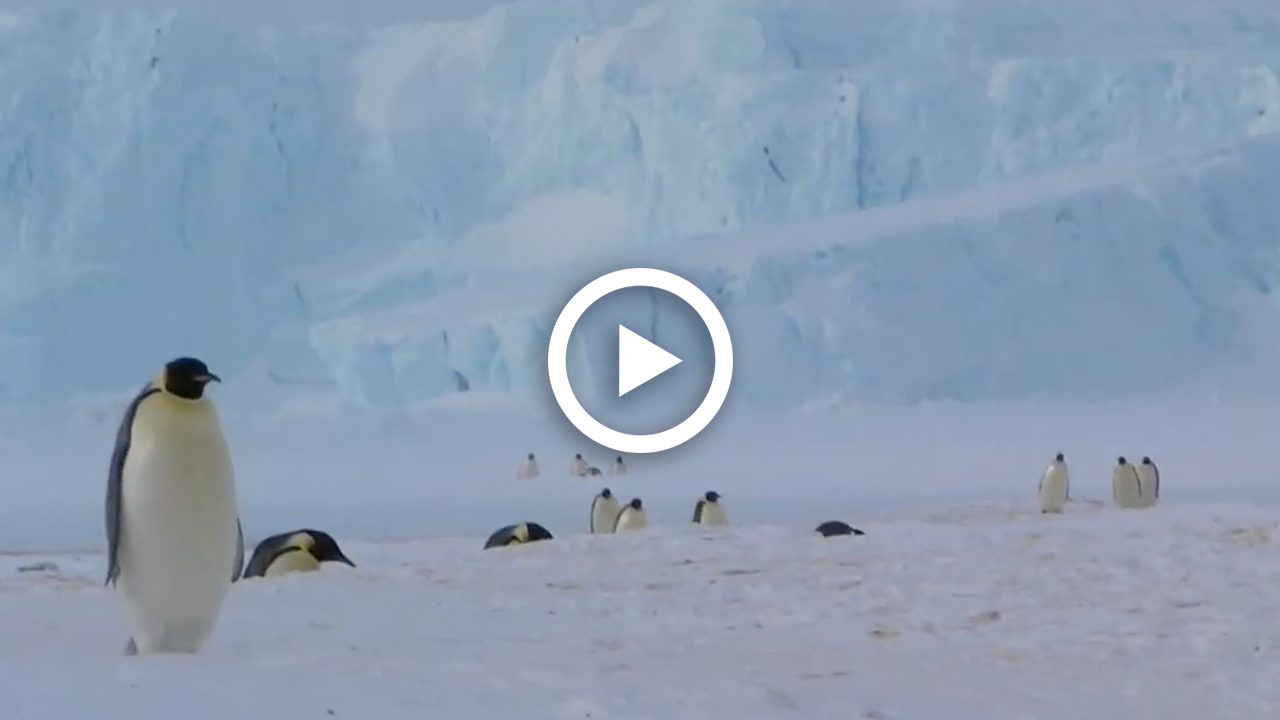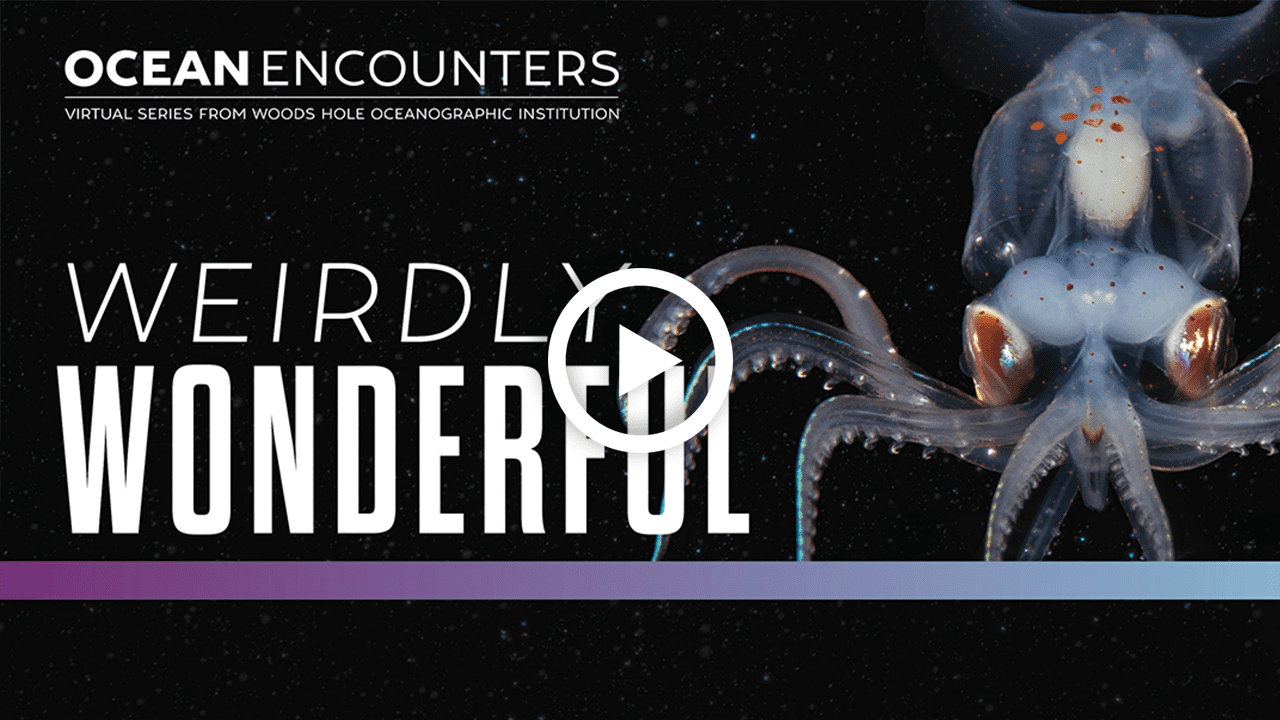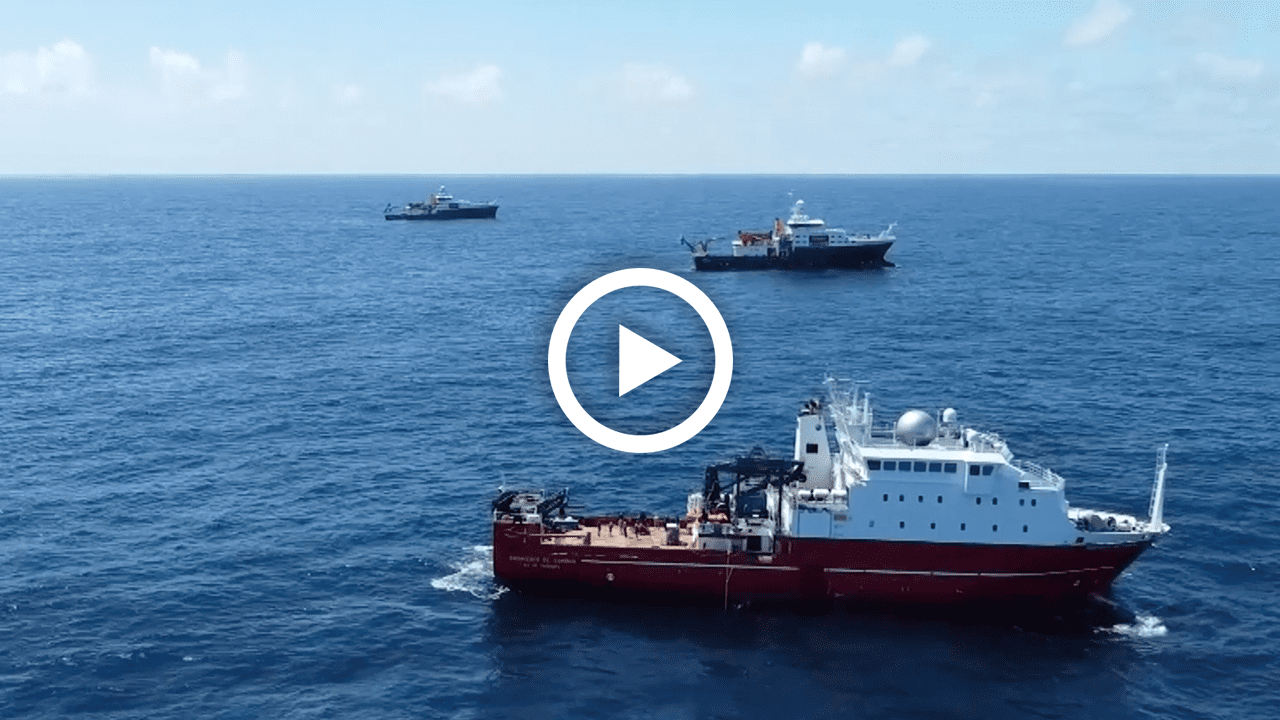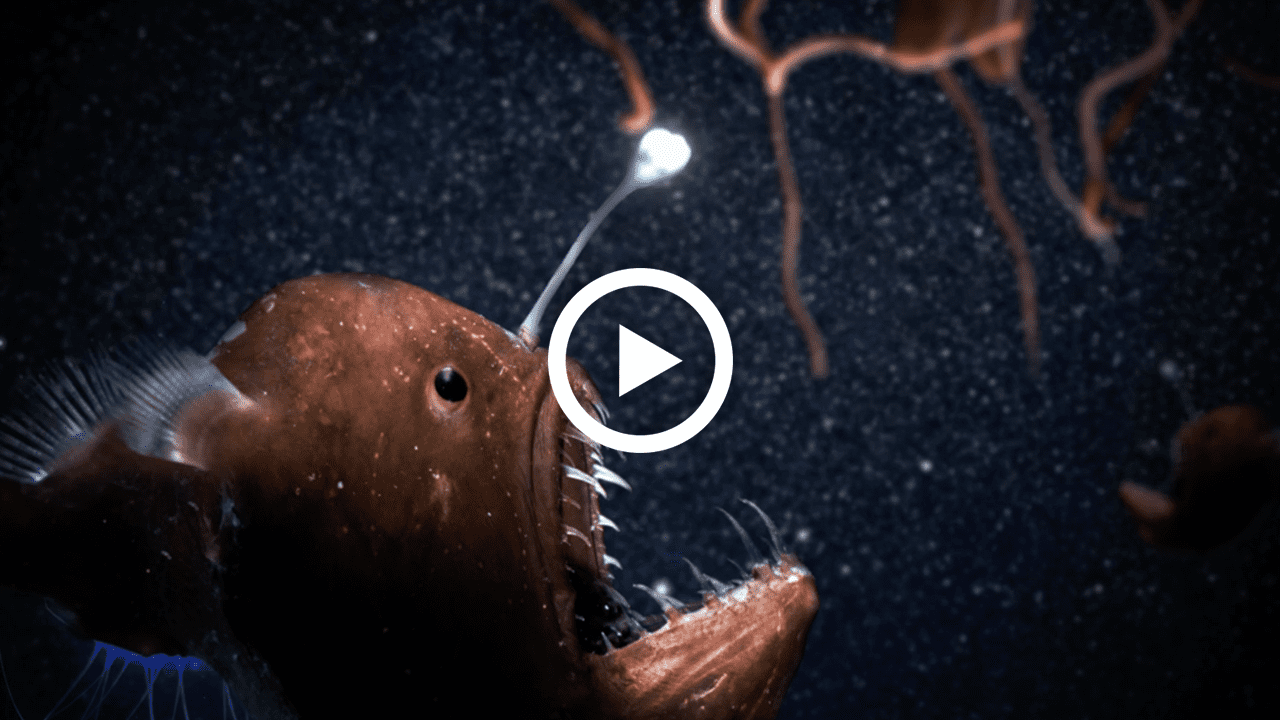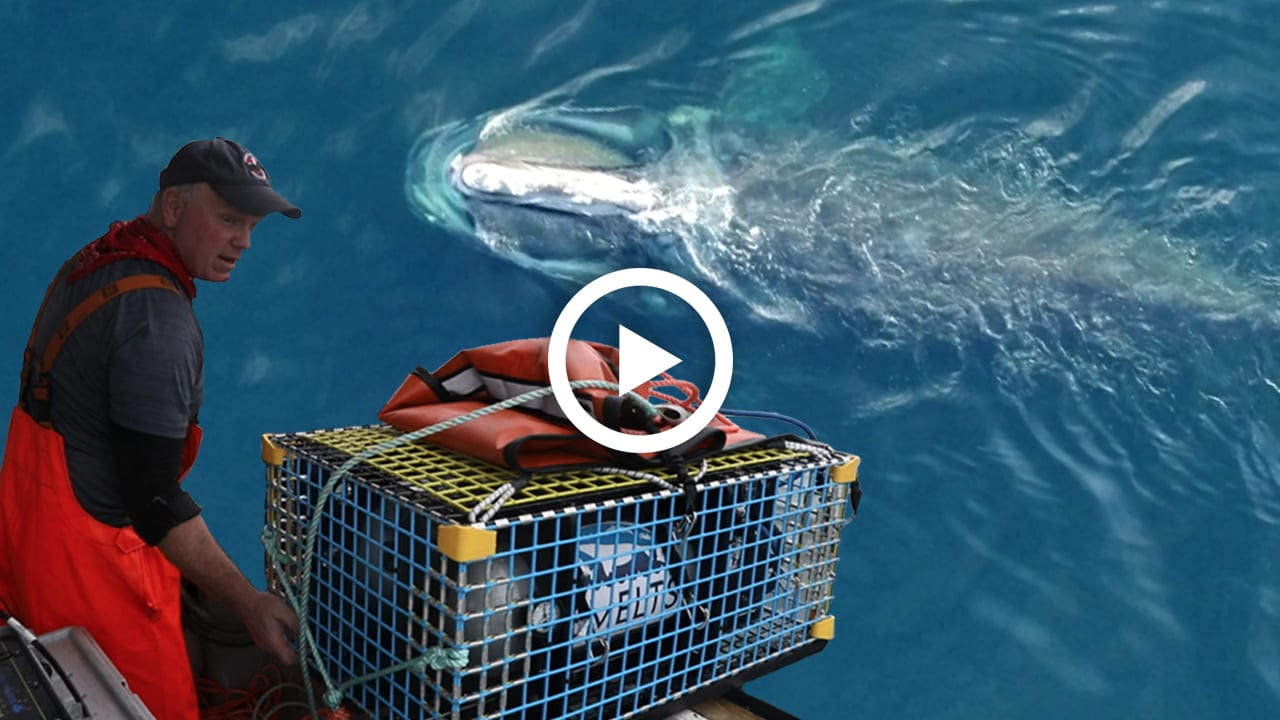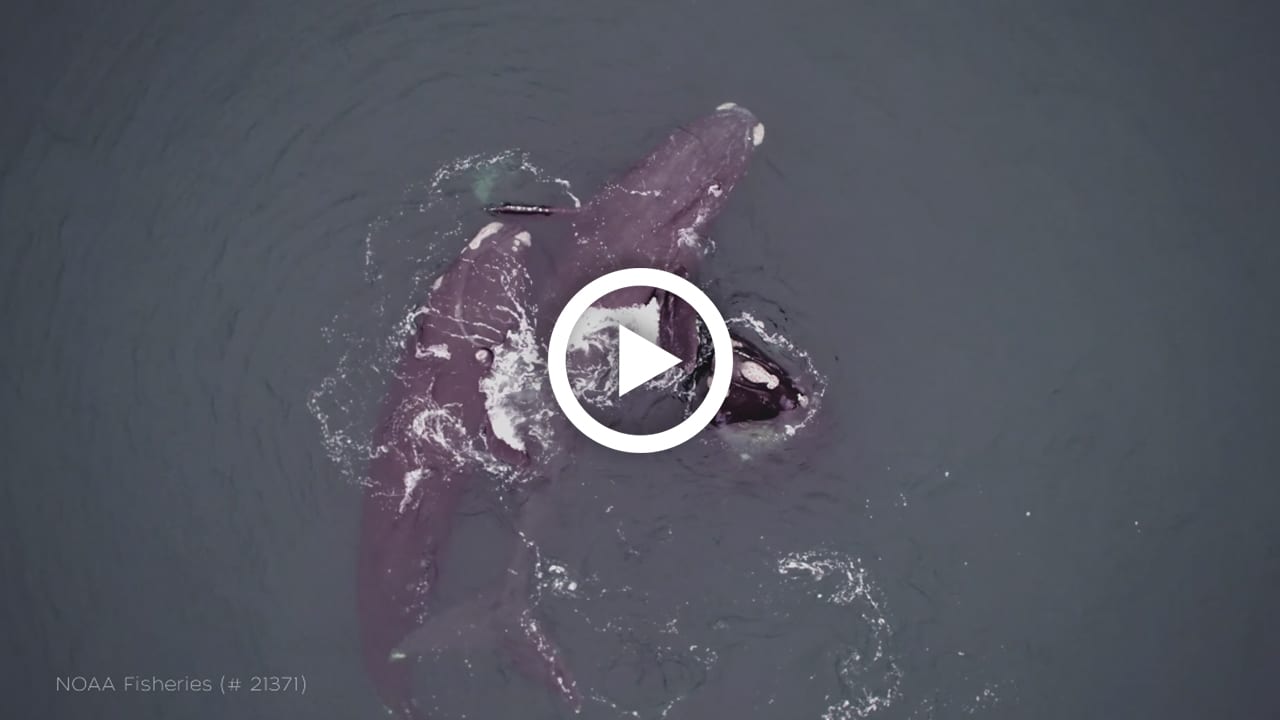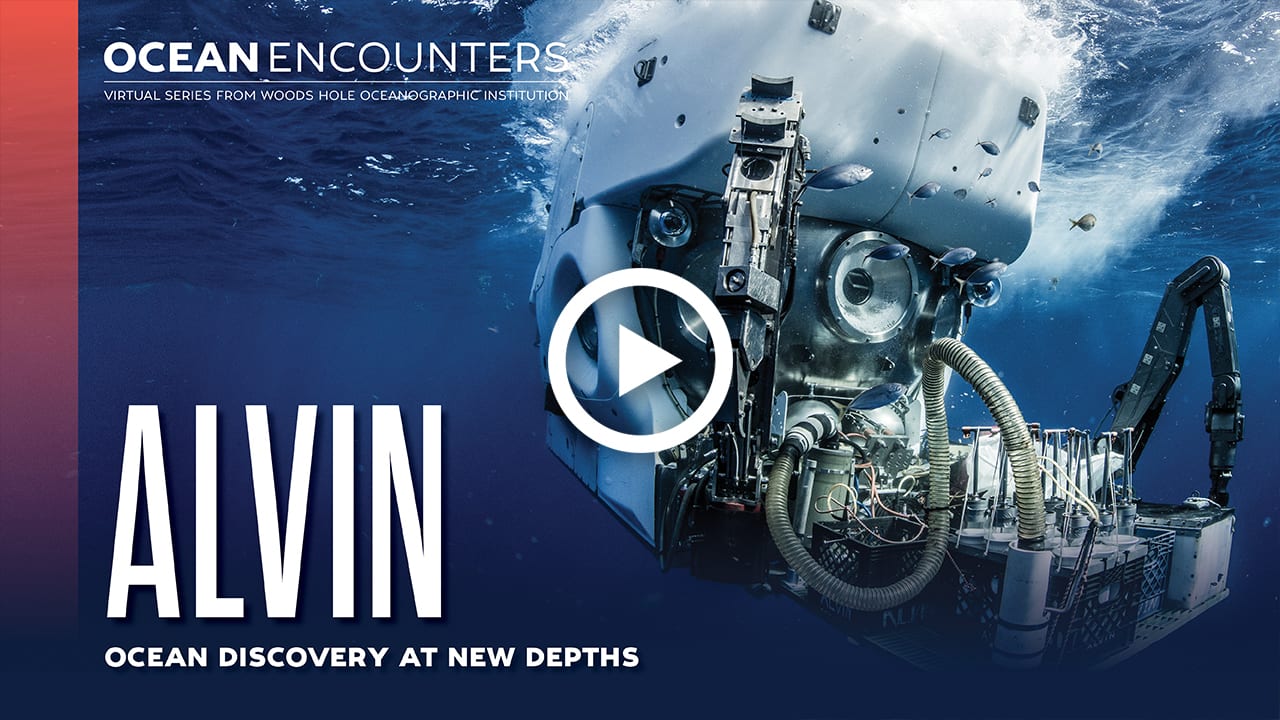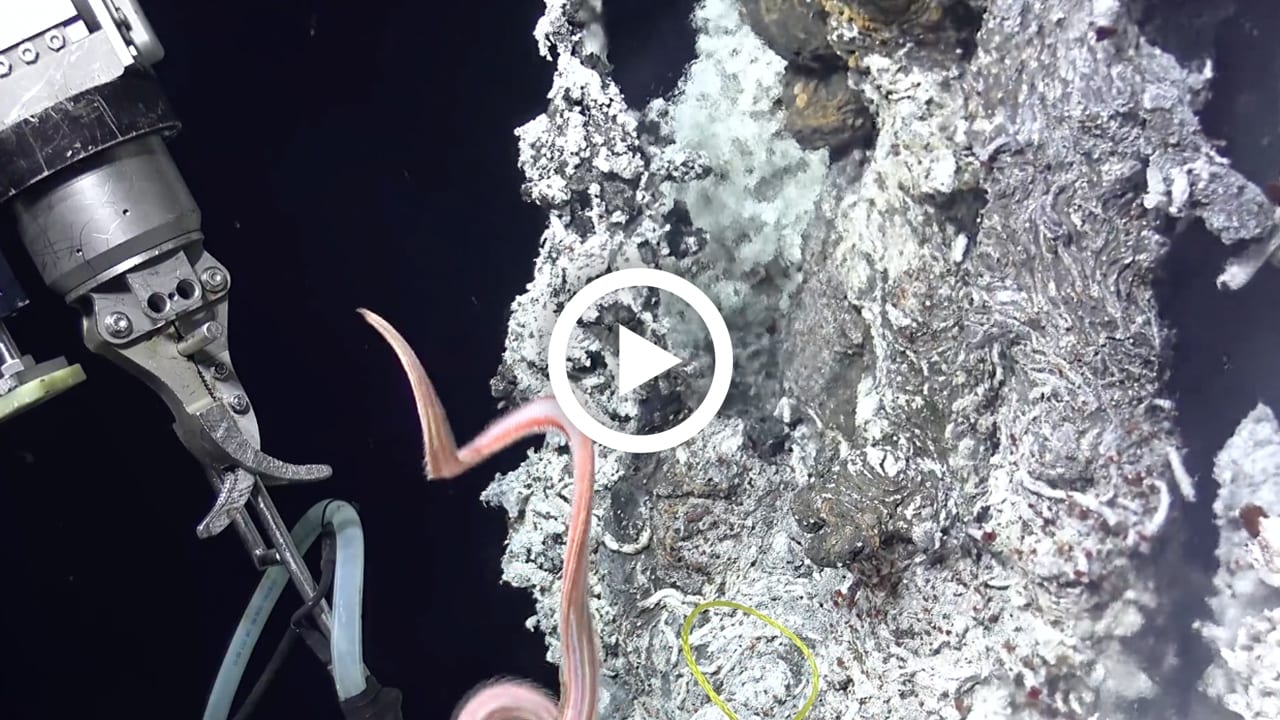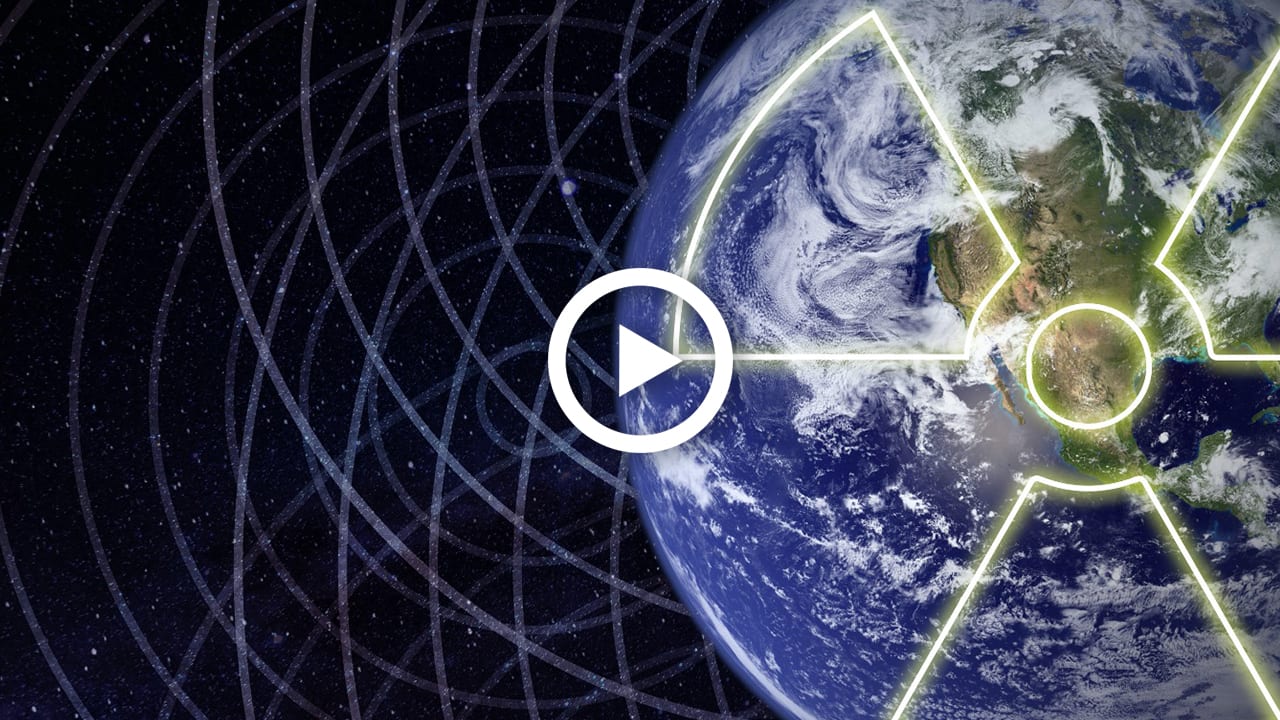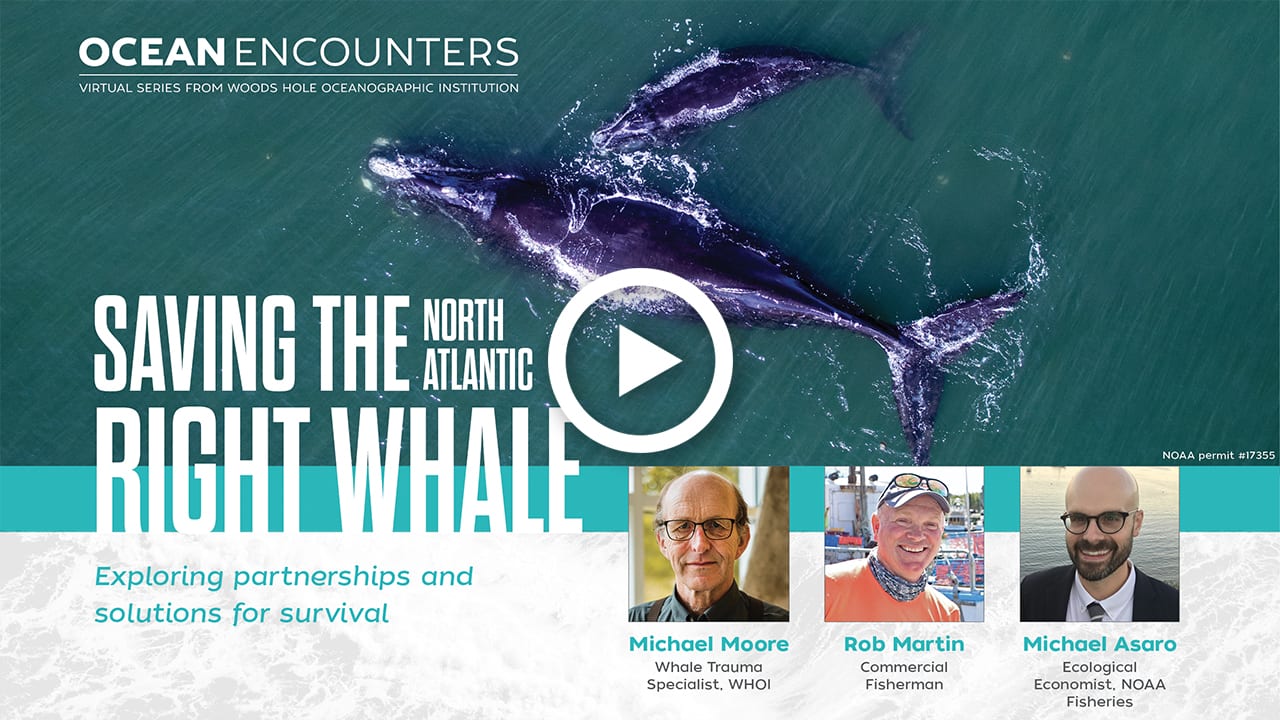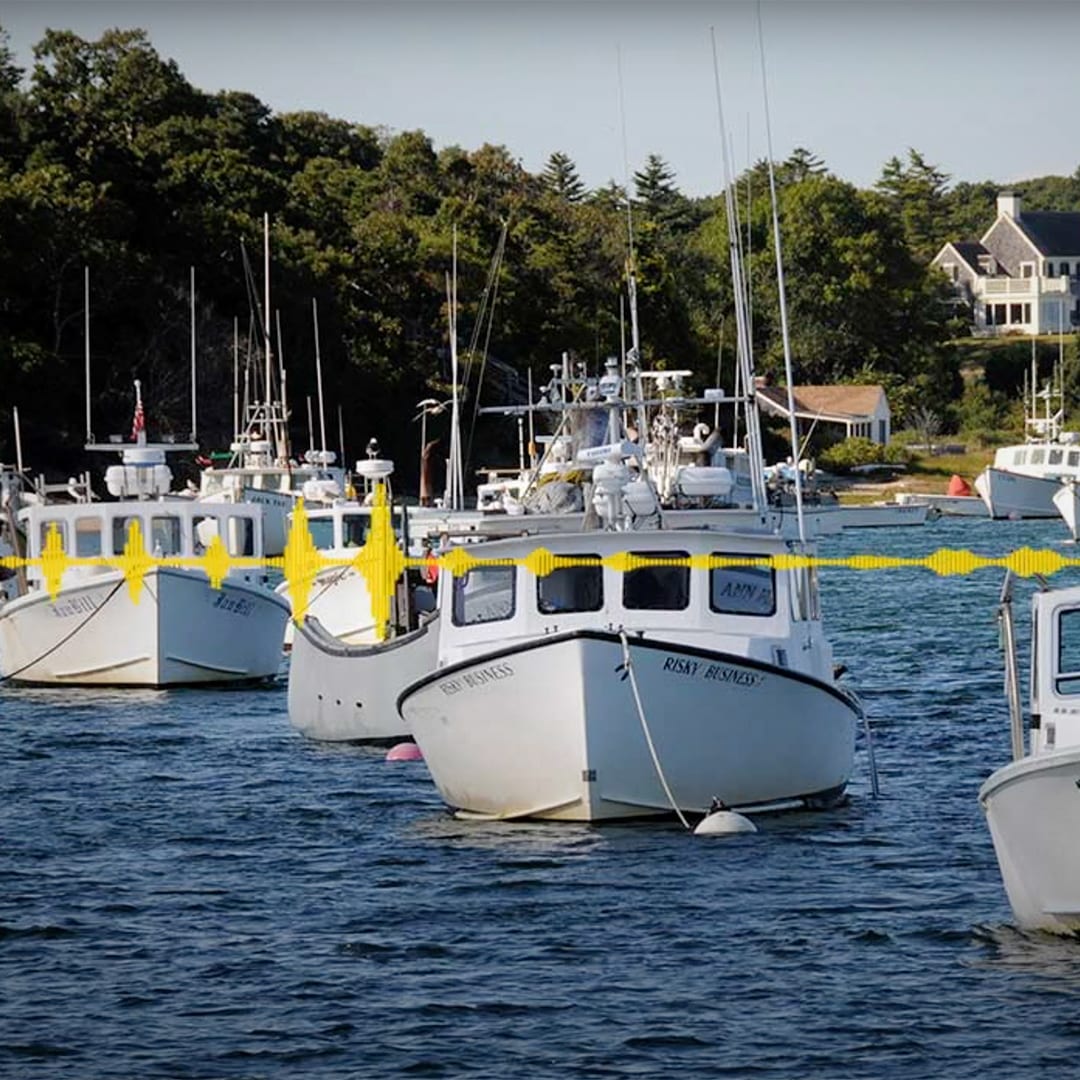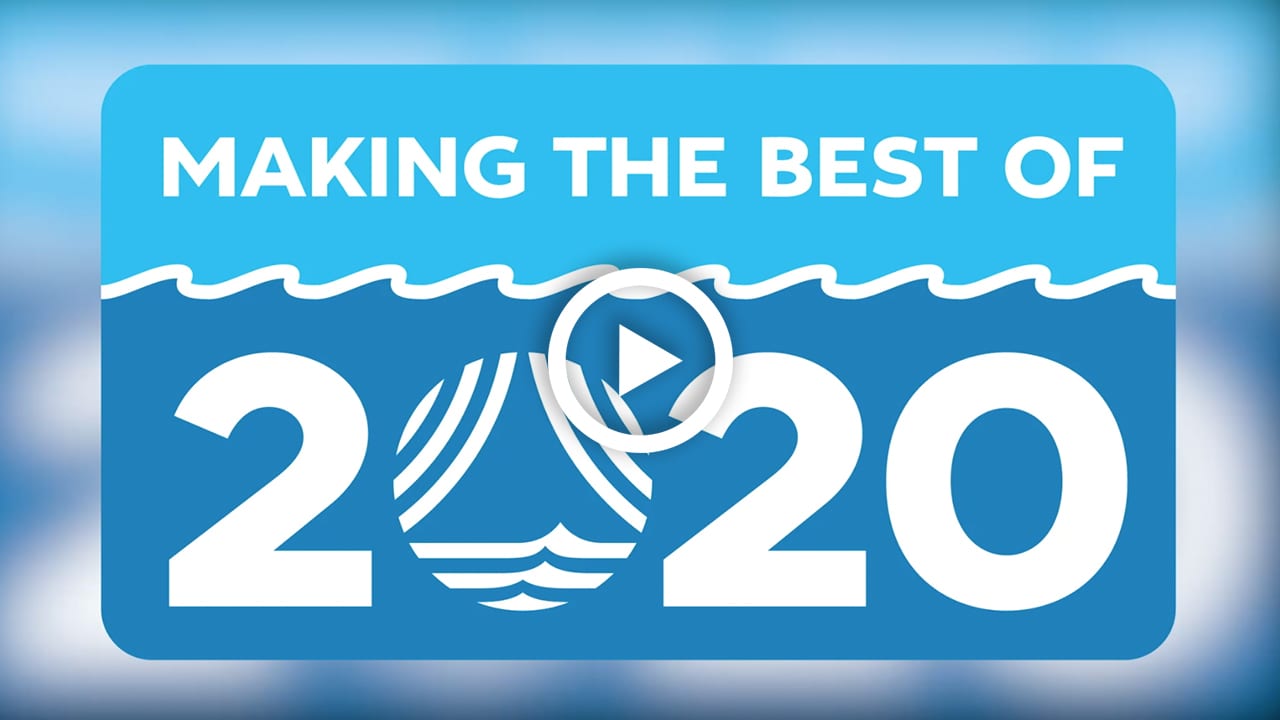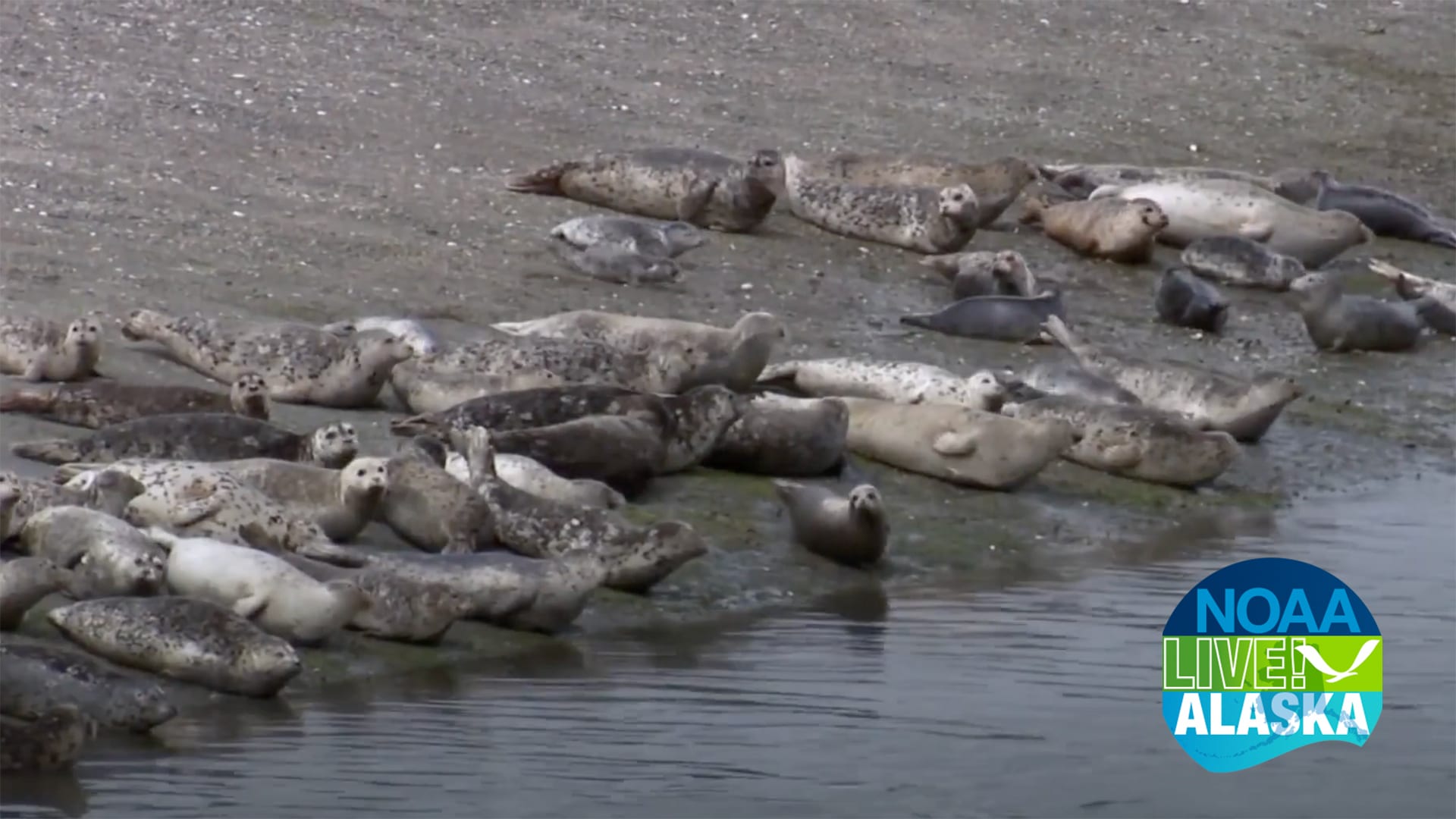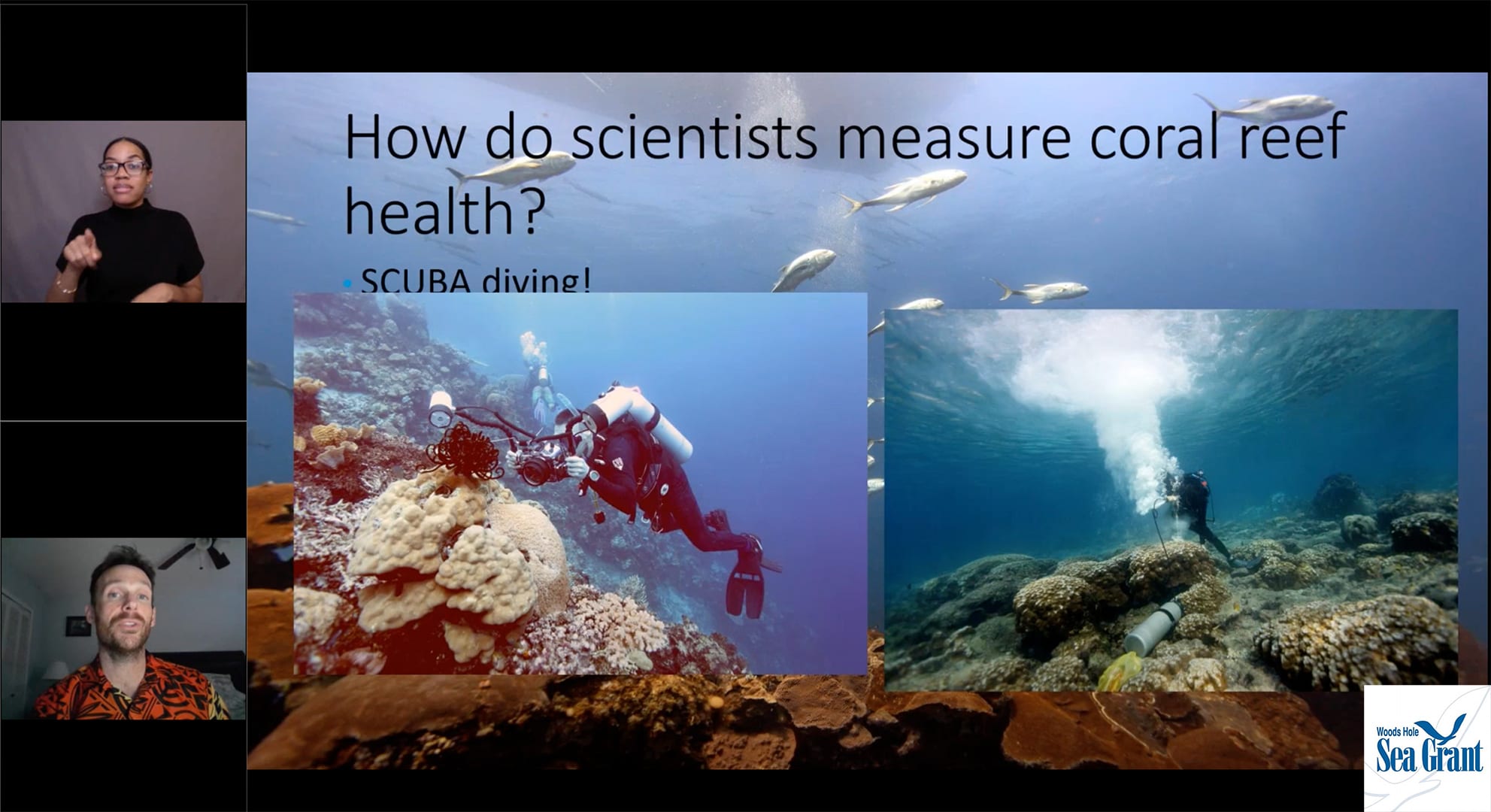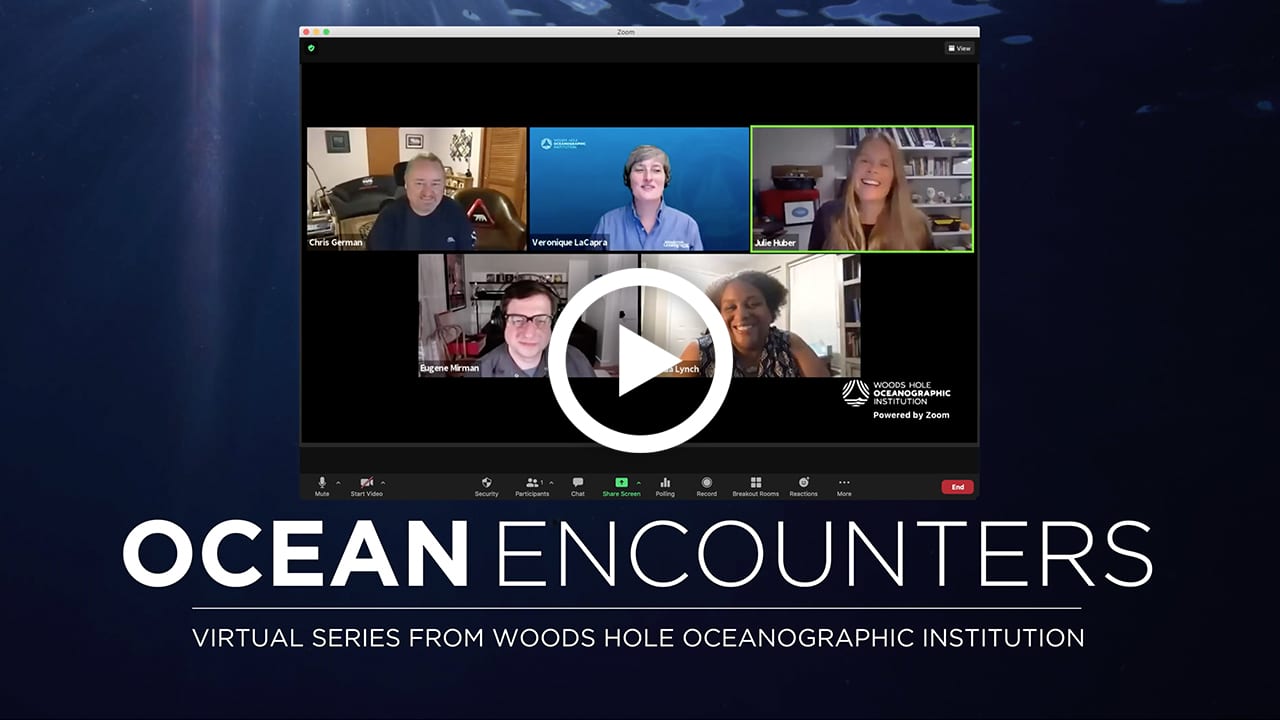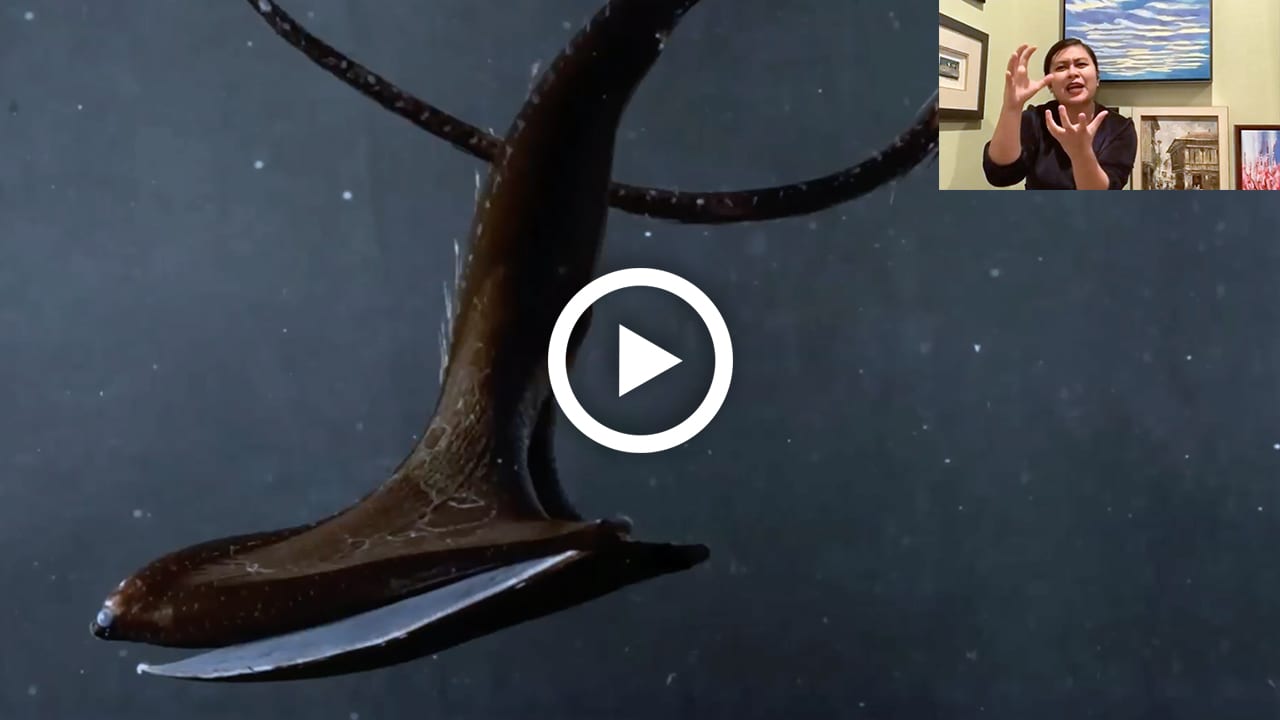Multimedia Items
Why are emperor penguins an indicator of climate change?
U.S. Fish & Wildlife Service announced a proposal to list the emperor penguin as threatened under the Endangered Species Act (ESA), based on evidence that the animal’s sea ice habitat is shrinking and is likely to continue to do so over the next several decades. Research from penguin scientists is key to informing policy around much-needed protections for the emperor penguin. Woods Hole Oceanographic Institution’s additional collaborative research efforts suggest how conservation actions can help to increase species’ resilience to climate stress, including protecting habitat, increasing habitat connectivity, and reducing non-climate stressors, such as overfishing and ocean pollution.
Read MorePenguins: Canaries in the mine of climate warning.
The Paris Agreement objectives will likely halt future declines of Emperor Penguins
Emperor penguins are uniquely adapted to the harsh conditions of their sea ice home. This video outlines how emperor penguins are indicator species whose population trends can illustrate the consequences of climate changes.
Read MoreUnderwater robot tracks ocean creatures
An innovative underwater robot known as Mesobot is providing researchers with deeper insight into the vast mid-ocean region known as the “twilight zone.” Capable of tracking and recording high-resolution images of slow-moving and fragile zooplankton, gelatinous animals, and particles, Mesobot greatly expands scientists’ ability to observe creatures in their mesopelagic habitat with minimal disturbance. This advance in engineering will enable a greater understanding of the role these creatures play in transporting carbon dioxide from the atmosphere to the deep sea, as well as how commercial exploitation of twilight zone fisheries might affect the marine ecosystem.
Read MoreOcean Encounters: Weirdly Wonderful Creatures of the twilight zone
Dive with us into the ocean twilight zone—the weirdest place on Earth. This vast, dark, barely explored layer of the ocean is home to countless weirdly wonderful creatures whose uniqueness also gives them superpowers to survive in a world of darkness, extreme pressure, frigid cold, and superpowered predators. The twilight zone is a place of wonder, mystery, and abundance that reminds us our choices mean the difference between a future of loss and sustainability.
Read MoreThree ships, one ocean twilight zone
In May 2021, members of WHOI’s Ocean Twilight Zone project braved the rough seas of the Northeast Atlantic aboard the Spanish research vessel Sarmiento de Gamboa. Their mission: locate the spring phytoplankton bloom and measure how carbon moves through the mysterious mid-ocean “twilight zone.”
The Sarmiento joined two other research vessels funded by NASA’s EXPORTS program to intensively study the area. This remarkable and rare coordination of 150 scientists from several organizations, and crew on three different ships, was years in the making.
Watch as the WHOI research team, led by Ken Buesseler and Heidi Sosik, deploys innovative new imaging technologies and hauls up hundreds of fascinating specimens from the deep sea. Along the way, you’ll gain an endless appreciation for the vast, weird, and wonderful ocean twilight zone – without getting wet.
Read MoreKeep It Weird
Discover the weird and wonderful creatures of the Ocean Twilight Zone and how they keep our planet healthy. Take our quiz to find your weird at keepitweird.org!
Read MoreCollaborating to Save the Right Whale
Fishermen, engineers, and scientists are working together to test and develop fishing gear that has no buoy lines in the water column to save the critically endangered North Atlantic Right Whale. There are less than 400 North Atlantic Right Whales left in the world and many right whale deaths can be attributed to entanglement.
Read MoreRare drone video shows critically endangered North Atlantic right whale surface active group
During a joint research trip on February 28 in Cape Cod Bay, Mass., WHOI whale trauma specialist Michael Moore, National Geographic photographer Brian Skerry, and scientists from New England Aquarium, witnessed a remarkable biological event: North Atlantic right whales in a surface active group, also known as a SAG.
Read MoreOcean Encounters: ALVIN
Hear from a volcanologist, a marine biologist, and Alvin’s senior pilot about how the iconic sub enables scientific discovery in the far reaches of Earth’s ocean.
Read MoreEast Pacific Rise
Captured by the researchers and crew of Atlantis from HOV Alvin with artist Mel O’Callaghan during the 2018 UNOLS cruise.
Read MoreFrom Art to Science: the Anatomy of Glaciers
A visually exciting discussion about Greenland glacial photography and science, featuring WHOI glaciologist Sarah Das and professional aerial photographer Roger Fishman.
Read MoreOcean Encounters: Radiation
We live on a radioactive planet. With the 10th anniversary of the accident at the Fukushima Dai-ichi nuclear power plant in Japan, we take a look at the radiation all around us—its natural sources, its human applications, and their impacts on us and our environment. We’ll also delve into some of the beneficial uses of radioactivity and the way we perceive—or misperceive—the threats that radiation poses.
Read MoreOcean Encounters: Saving the North Atlantic Right Whale
The North Atlantic right whale is one of the most endangered whales in the world, with an estimated 366 left on the planet. These animals are often found on the Continental Shelf of the East Coast of North America, making them vulnerable to human activities including fishing gear entanglements. In recent years, more whales have died than have been born. Join us as we examine the top threats facing North Atlantic right whales, and discuss the crucial efforts by the scientific community, fishing industry, and policymakers to develop the most effective and viable solutions to ensure the long-term survival of this critically endangered species.
Read MoreOcean data gives Northeast fishermen edge against a warming ocean
Fisheries successfully brace against warm water wave from Gulf Stream, thanking access to ocean data
Read MoreOcean Encounters: Making Ocean Conservation Work
Achieving success in ocean conservation is a complex navigation of science, policy, and the needs of local communities. But it is achievable. Join us to explore how scientists, communities, and NGOs are joining forces to inform policy and together create workable, sustainable strategies for critical ocean ecosystems. With a video message from UN Special Envoy for the Ocean Peter Thomson, and host Véronique LaCapra, Woods Hole Oceanographic Institution.
Read MoreThe Creepy, Unbelievably Inspiring World of Deep Sea Parasites
Ocean hitchhikers and bodysnatchers abound in the ocean, from the surface down to the deepest trenches. The question is, why? And is it a good thing?
Read More2020 Year in Review
Enjoy this montage of video content produced this year showcasing just some of WHOI’s leading-edge ocean science, tech, and engineering initiatives. WHOI researchers are engaged in upwards of 800 concurrent projects to provide critical information about some of the most urgent challenges facing humanity. It’s been a challenging year for sure, and one that will never be forgotten from the trying hardships and incredible display of strength around the world. We thank you for your support and wish you the best in 2021.
Read MoreDrones, Scat, and the Joys of Marine Mammal Fieldwork in Alaska on NOAA-Live!
How do we study marine mammals and what do we find out? Take a journey through the types of surveys and tools that are used to study Steller sea lions and northern fur seals in Alaska, and the challenges faced by scientists who study them!
Read MoreNOAA Live! Saving Corals: A Day in the Life of a Coral Reef Scientist
Ocean Encounters 2020: a year of virtual ocean discovery and exploration
Watch this collection of highlights from this year’s Ocean Encounters virtual series which included two seasons, 12 episodes, and over 35 panelists.
Read MoreZach Deputy performs Wash it in the Water at Ocean Encounters
Watch Zach Deputy perform Wash it in the Water, a song inspired by his admiration for the ocean. Zach describes the ocean as a system reboot, a place you can take your worries and wash them in the water. This performance took place during WHOI’s 2020 Ocean Encounters finale episode entitled Our Enchanted Ocean and was recorded on October 28, 2020.
Read MoreAn Ocean Poem: spoken word performance at Ocean Encounters
Watch Victoria Bautista perform An Ocean Poem a spoken word about the mysterious life that lurks below the ocean surface. This performance took place during WHOI’s 2020 Ocean Encounters finale episode entitled Our Enchanted Ocean and was recorded on October 28, 2020.
Read MoreBoston Dance Theater performs SURGE at Ocean Encounters
Watch Boston Dance Theater (BDT) perform their current art and science project called SURGE which is an ongoing collaboration between BDT and WHOI Senior Scientist, Dr. Larry J. Pratt. SURGE addresses current climate trends through the lens of sea-level rise and the role that art and science play in creating a sustainable future. This performance took place during WHOI’s 2020 Ocean Encounters finale episode entitled Our Enchanted Ocean and was recorded on October 28, 2020.
Read More
